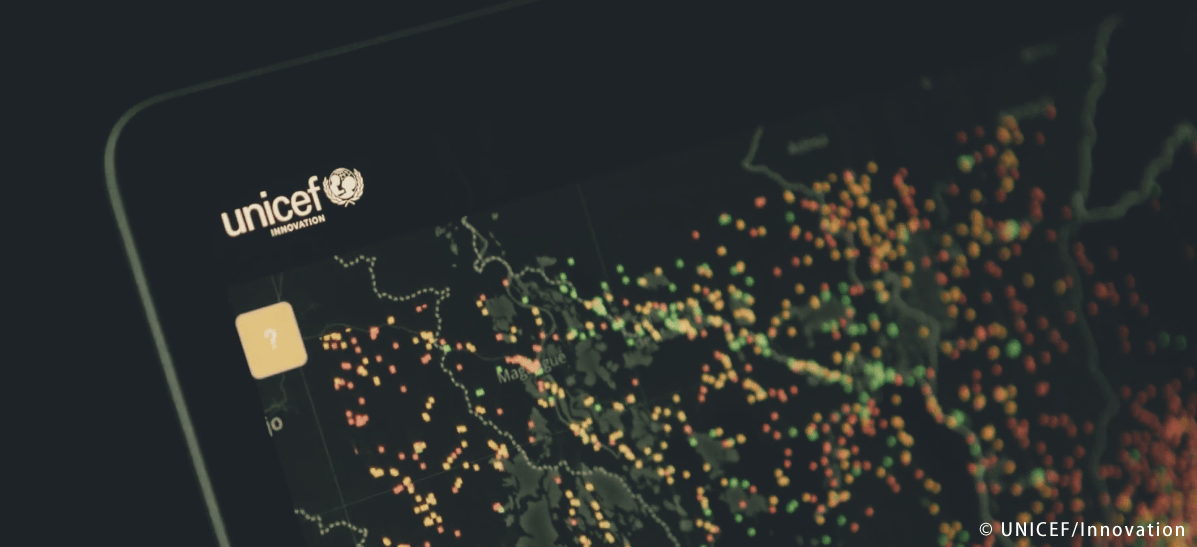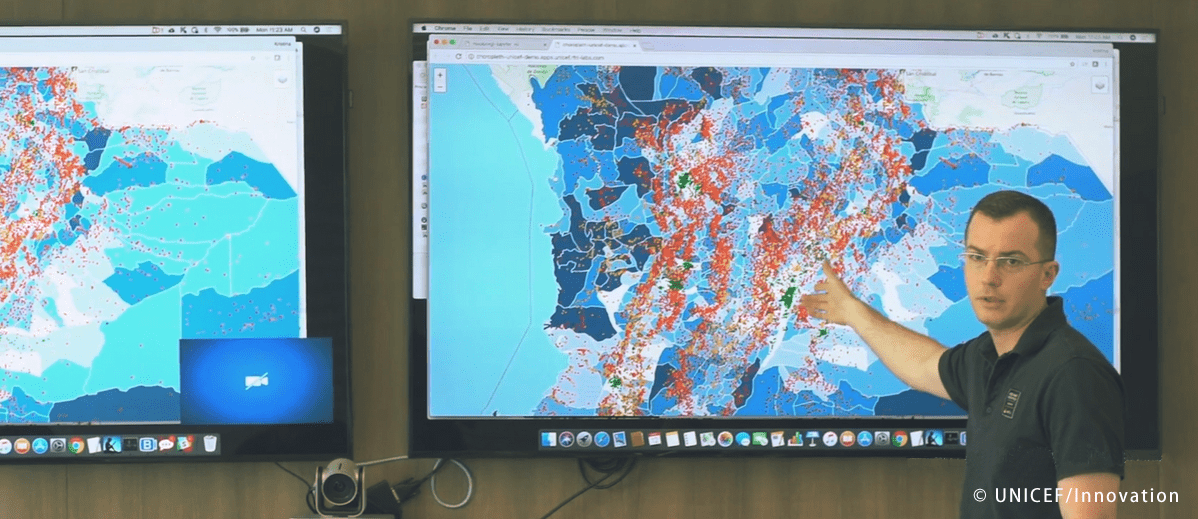Connecting real-time data to humanitarian response tools is a challenging task that has never been done before. Magic Box is a platform using artificial intelligence, Big data and real-time data from both public sources and private sector partners to predict how and where communicable and vector-borne diseases spread and to stop outbreaks before they become epidemics/pandemics.



Investing in innovation and frontier technology
UNICEF has a 70-year history of innovating for children. We believe that new approaches, partnerships and technologies that support realizing children’s rights are critical to improving their lives.
About UNICEF
Innovation
The UNICEF Office of Innovation is a creative, interactive and agile team. We sit at a unique intersection, where UNICEF, which works on huge global issues, meets startup thinking, technology and partners that can turn this energy into scalable solutions.
Why is UNICEF inviting Takeda to collaborate?
This partnership would make Takeda the first Japan-based global corporate investor into the UNICEF Venture Fund, as well as the first corporate investor within Venture Fund to invest in drones and health-related “Digital Public Goods*”. This partnership would also position Takeda as part of a significant group of private sector leaders championing global health, innovation and child survival with ground-breaking transformational approaches.
Open source and publicly useful digital artefacts such as applications, data, algorithms, platforms and protocols, specifically in the health sector, to accelerate progress towards Sustainable Development Goal (SDG) 3.







